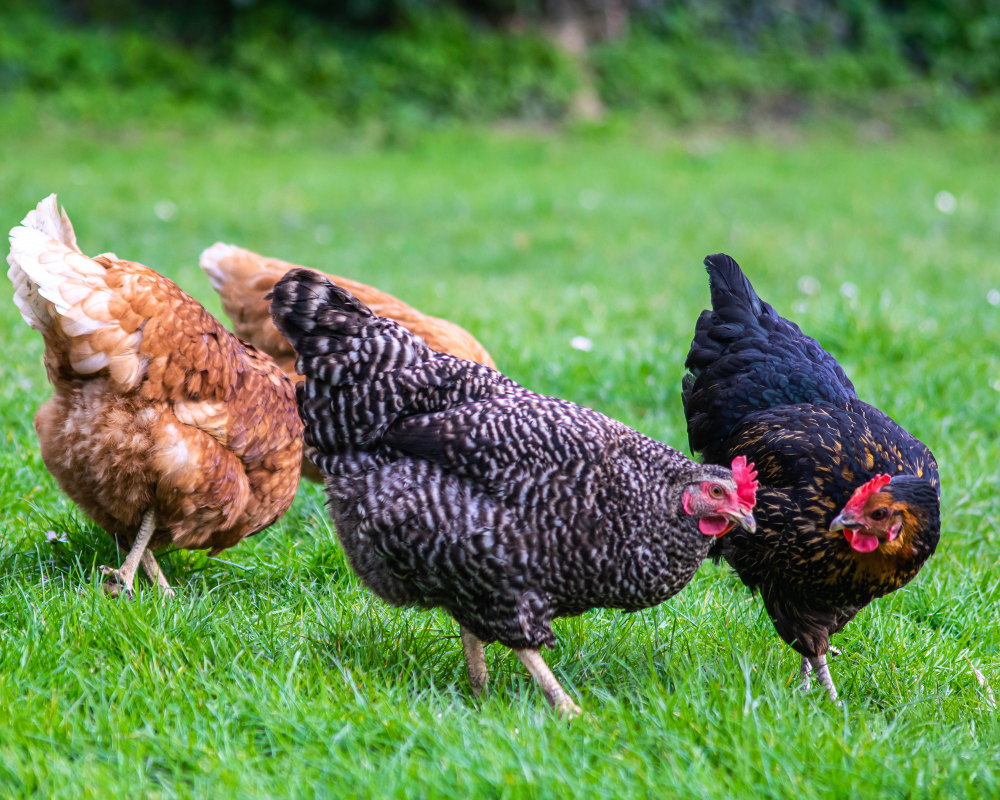Raising Backyard Chickens? Here’s How to Build Their House
So, you’ve decided to welcome a flock of feathered friends into your backyard—good choice! Chickens aren’t just quirky and fun...

So, you’ve decided to welcome a flock of feathered friends into your backyard—good choice! Chickens aren’t just quirky and fun to watch, they’re egg-laying machines that can save you grocery trips. But before you start dreaming about omelets, there’s one big step you can’t skip: figuring out how to build a chicken house that’s safe, comfortable, and practical. Don’t worry—it’s not as intimidating as it sounds. With a little planning and a few tools, you’ll have a coop ready before your hens even realize they’ve got a new home.
Step 1: Pick the Perfect Spot
Location matters more than most people think. If you place your coop in a low, soggy patch of yard, you’ll regret it every time it rains. Choose a slightly elevated area where water drains easily. Shade is nice—chickens don’t love baking in the sun all day—but don’t tuck the house under a giant tree where falling branches or predators might become an issue. Think: balance.
Step 2: Size It Right
Here’s the rule of thumb—about 3 to 4 square feet per chicken inside the coop, plus 8 to 10 square feet in the run. Cramming too many birds in one space leads to stress, pecking, and sick hens. Imagine living in a tiny apartment with five roommates and only one bathroom. Yeah… not fun. Give them room to stretch, flap, and do their scratchy little chicken dances.
Step 3: Build a Strong Frame
Don’t skimp on structure. A coop doesn’t have to be fancy, but it does need to be sturdy. Lumber (treated for outdoor use) is the go-to material. Use screws instead of nails where you can—they hold up better over time. Once the frame is up, you can enclose it with plywood or weather-resistant panels. Add ventilation holes near the roofline because chickens produce a surprising amount of moisture at night, and damp air leads to respiratory issues. A coop that “breathes” is a healthy coop.
Step 4: Secure the Run
The run—basically the chickens’ outdoor playpen—needs predator-proofing. Raccoons, foxes, and even neighborhood dogs won’t think twice about trying to break in. Use hardware cloth instead of flimsy chicken wire (yep, the name is misleading). Bury it at least 12 inches underground to stop digging predators. And don’t forget to cover the top. Hawks see free-range chickens as an all-you-can-eat buffet.
Step 5: Nesting Boxes & Roosts
Your hens deserve cozy spots for laying eggs. One nesting box for every three to four chickens is plenty, and line them with straw or wood shavings. Place them a bit off the ground but lower than the roosting bars. Speaking of roosts—chickens naturally sleep up high. Add a sturdy wooden bar or two across the coop, giving each bird about 10 inches of space. Trust me, they’ll squabble for the best spots like kids calling dibs on a car seat.
Step 6: Make It Easy on Yourself
Here’s something many first-time chicken keepers overlook: you’ll be cleaning this coop a lot. Design it for convenience. Hinged doors that swing wide, a removable tray for droppings, or even a sloped floor make clean-up way less of a headache. Add a small hatch to collect eggs without going inside the coop. A little foresight now will save you countless hours later.
Step 7: Add the Extras
Chickens don’t ask for much, but they do need a feeder, a water system, and plenty of bedding. You can keep it simple with a gravity feeder and hanging waterer or get creative with DIY options like PVC pipe feeders. Oh, and if you want fewer flies and odors? Toss in a little food-grade diatomaceous earth with the bedding. It’s a natural bug deterrent.
Final Thoughts
At the end of the day, building a chicken house is about blending practicality with a touch of creativity. Some people go rustic, others make Pinterest-worthy mansions. Either way, as long as your coop is safe, ventilated, and easy to clean, your hens will be happy—and happy hens lay better eggs.
And hey, once you’ve mastered this project, you might find yourself itching for the next one. That’s the beauty of backyard farming—it’s not just about the chickens, it’s about learning little tricks that make your home and garden more functional. In fact, a lot of the coop-building skills carry over into other diy home improvement efficiency hacks you’ll want to try next.



